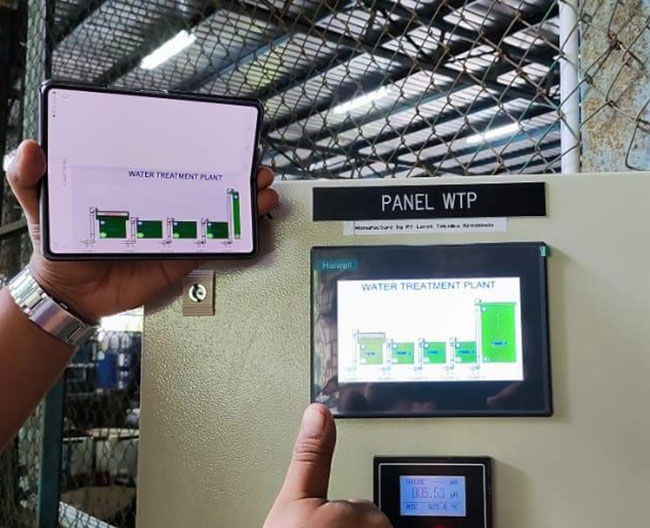IoT SYSTEM
IoT (Internet of Things) System typically involves managing, maintaining, and optimizing the network of interconnected devices, sensors, and software that communicate to provide data, automation, and control. IoT systems are used in a wide range of industries including smart homes, healthcare, manufacturing, agriculture, and more. The service of an IoT system ensures these devices and their associated platforms function properly, securely, and efficiently.
Here’s a breakdown of the various aspects involved in servicing an IoT system:
1. System Installation and Setup:
- Device Deployment: Setting up and installing IoT devices like sensors, cameras, smart meters, wearables, actuators, etc.
- Network Configuration: Ensuring that the devices are properly connected through wireless networks (Wi-Fi, Bluetooth, Zigbee, LoRa, etc.), or wired connections (Ethernet, etc.).
- Platform Integration: Connecting IoT devices to the cloud or on-premises platforms for data collection, analytics, and management. This could involve integrating with existing IT infrastructure.
2. Regular Maintenance:
- Firmware and Software Updates: Keeping IoT devices and their software up-to-date to ensure they have the latest features, security patches, and bug fixes.
- Battery Maintenance: For battery-powered IoT devices, checking and replacing batteries as needed to avoid system downtime.
- Connectivity Monitoring: Ensuring the devices remain connected to the network. This includes checking Wi-Fi, cellular, or other communication methods for consistent signal strength and performance.
3. Monitoring and Diagnostics:
- Real-Time Monitoring: Using monitoring software to track the performance and health of the IoT system, including device status, network performance, and data flow.
- Error Detection: Identifying and troubleshooting any errors or disruptions in device communication, data transmission, or functionality.
- Sensor Calibration: Ensuring that sensors are calibrated correctly for accurate measurements (temperature, humidity, pressure, etc.) and replacing faulty sensors.
4. Security Management:
- Cybersecurity Audits: Regularly reviewing security protocols to ensure the IoT network is protected from cyber threats such as hacking, data breaches, or denial-of-service attacks.
- Encryption and Authentication: Ensuring that data transmitted between IoT devices is encrypted and that proper authentication methods are in place to prevent unauthorized access.
- Access Control: Managing who has access to the system’s data and devices, applying roles and permissions to prevent misuse.
5. Data Management and Analytics:
- Data Storage and Backup: Ensuring that data generated by IoT devices is stored correctly, either on the cloud or local servers, and backed up regularly.
- Data Analytics: Analyzing collected data to extract useful insights, trends, and patterns. This could involve integrating AI/ML models to predict trends or automate actions based on data.
- Data Integrity Checks: Ensuring that the data collected by the devices is accurate and consistent over time, and taking corrective actions if discrepancies are detected.
6. Device Maintenance and Repair:
- Hardware Maintenance: Checking for and repairing any physical malfunctions of IoT devices, including sensors, wiring, and enclosures.
- Replacements and Upgrades: Replacing obsolete devices or upgrading them to newer models that offer better performance, lower power consumption, or more features.
- Component Testing: Testing individual components such as sensors, actuators, and controllers to ensure they are functioning as intended.
7. Troubleshooting and Support:
- Problem Resolution: Providing support to resolve issues such as devices not responding, connectivity problems, or integration failures between devices and platforms.
- Root Cause Analysis: Analyzing failures to identify underlying causes and taking corrective actions to prevent future occurrences.
- Help Desk Support: Offering customer support for IoT system users, helping them troubleshoot issues remotely or on-site.
8. Scalability and Optimization:
- System Expansion: Adding new devices or components to the existing IoT network, ensuring that the system can scale without losing performance.
- Optimizing Device Performance: Fine-tuning the system for optimal energy use, faster data transmission, and reduced latency, particularly in large-scale deployments.
- Load Balancing: Ensuring that data traffic and device management are well-distributed, especially when dealing with large numbers of connected devices.
9. Compliance and Reporting:
- Regulatory Compliance: Ensuring that the IoT system adheres to local, national, and international regulations, particularly regarding data privacy (e.g., GDPR) and environmental standards.
- Reporting and Documentation: Generating reports on system performance, maintenance activities, and security audits to keep stakeholders informed and ensure accountability.
10. Upgrades and Future-Proofing:
- Future Enhancements: Ensuring the IoT system remains up-to-date with advancements in technology, such as new communication protocols, improved sensors, and more powerful cloud platforms.
- Interoperability Improvements: Making sure the IoT system remains compatible with new devices, platforms, and emerging technologies.
- Artificial Intelligence (AI) and Automation: Integrating AI into the IoT system to make decisions autonomously based on sensor data, allowing for more efficient and intelligent operations.
Why Regular IoT System Service is Important:
- Reliability: Prevents downtime, ensuring the system remains operational and provides uninterrupted service.
- Security: Protects against vulnerabilities and breaches, ensuring sensitive data is secure.
- Efficiency: Keeps the system running at peak performance, reducing costs and improving overall effectiveness.
- Scalability: Allows the system to grow and adapt to future needs without requiring complete overhauls.


